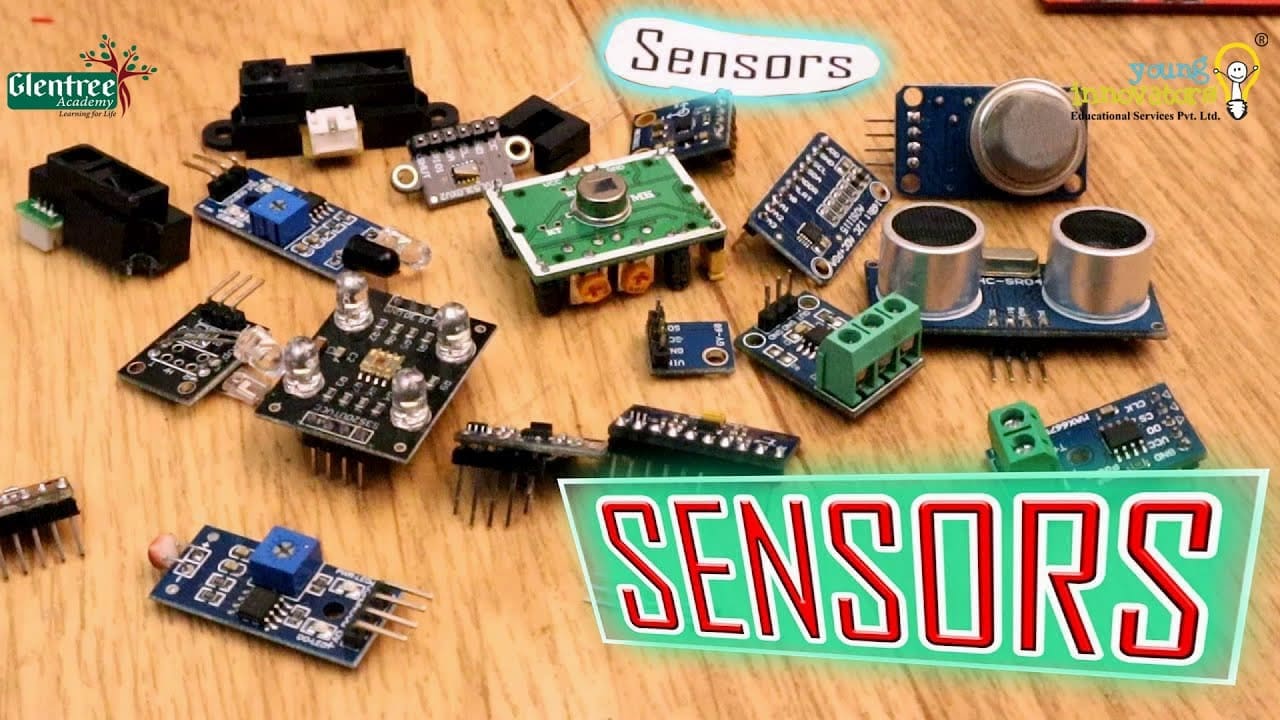A smart home is only as smart as the information it has access to. Just like modern cars with numerous sensors that diagnose problems and suggest solutions, smart homes rely on various sensors to function efficiently and intelligently.
The Role of Sensors in Modern Cars
Modern cars are equipped with an array of sensors, such as tire pressure sensors, seat belt sensors, gas tank sensors, door open sensors, oil pressure sensors, and temperature sensors. These sensors communicate with a central computer, which can put the car in “limp” mode to prevent major damage while still allowing you to reach a safe location. This centralized system ensures that your car operates smoothly and safely.
Basic Sensors in Smart Homes
Smart homes use sensors in a similar way. Many homes come with basic sensors installed as part of an alarm system. These include:
- Door and Window Sensors: Detect when doors or windows are opened or closed, alerting you to potential intruders.
- Motion Detectors: Alert you to movement inside the home when the alarm is armed.
- Glass Break Sensors: Detect the sound of breaking glass.
- Smoke Detectors: Detect the presence of smoke and potential fires.
Advanced Smart Home Sensor Integration
By integrating more sensors, a smart home can become even more intelligent and responsive. Here are some examples of how advanced sensor integration can enhance your home:
Occupancy Sensors:
- Use motion detectors to turn on lights and fans when you enter a room and the alarm is disarmed.
- Keep your home secure by sounding the alarm if motion is detected when the alarm is armed.
Smart Lighting:
- React to your bedside lamp turning on in the middle of the night by lighting a path to the bathroom or kitchen.
- Turn off all lights when the lamp is turned off, ensuring energy efficiency and convenience.
Driveway Cameras:
- Activate picture-in-picture display on your TV when a car drives up and the driveway sensor is triggered, enhancing security and awareness.
Flood Sensors:
- Automatically turn off the main water valve if a flood sensor is triggered in the bathroom, kitchen, or utility room, preventing water damage.
Smoke Alarms:
- Turn off the air conditioner and fans, then light emergency exit paths when a smoke alarm is triggered, ensuring safety during emergencies.
Window and Door Sensors:
- Turn off the air conditioner and turn on ceiling fans when a window is opened or a door is left open too long, maintaining energy efficiency.
Making Your Home Truly Smart
A home isn’t smart just because you can control devices remotely. A home becomes truly smart when sensors are used intelligently to perform tasks that enhance convenience, save money, and improve safety.
For instance, consider these practical applications:
- Convenience: Use occupancy sensors to automate lighting and fan controls, creating a seamless living experience.
- Energy Savings: Automate air conditioning and ceiling fans based on window and door sensors to reduce energy consumption.
- Safety Enhancements: Integrate smoke alarms and flood sensors to protect your home from potential hazards.
Need Help Designing Your Smart Home?
Do you have a specific scenario you’d like help with? Comment below or email us at info@myhomeissmarter.net. We’d love to assist you in designing the perfect smart home setup!


No responses yet